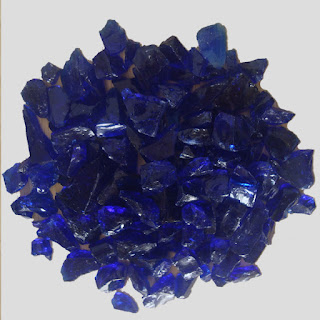How to Make a Glass Gabion Wall: A Step-by-Step Guide

How to Make a Glass Gabion Wall: A Step-by-Step Guide Glass gabion walls are a unique and sustainable solution for landscaping, offering a striking visual appeal while promoting recycling. Constructed by filling metal cages with glass scraps or recycled glass pieces, these walls can be used for retaining structures, decorative partitions, or even standalone features in gardens and outdoor spaces. Here’s a step-by-step guide to creating your own glass gabion wall. Materials and Tools You’ll Need Gabion Cages: Typically made of galvanized steel or stainless steel to prevent rusting. Available in various sizes and shapes. Recycled Glass: Glass scraps, broken bottles, or colored glass pieces. Ensure edges are smoothed or tumbled for safety. Base Material: Crushed stone or gravel for leveling the base. Tools: Shovel Level Gloves Wire cutters (if adjustments to the cage are needed) Step-by-Step Instructions 1. Plan Your Wall Decide on the location and purpose of your glass gabion wall....





